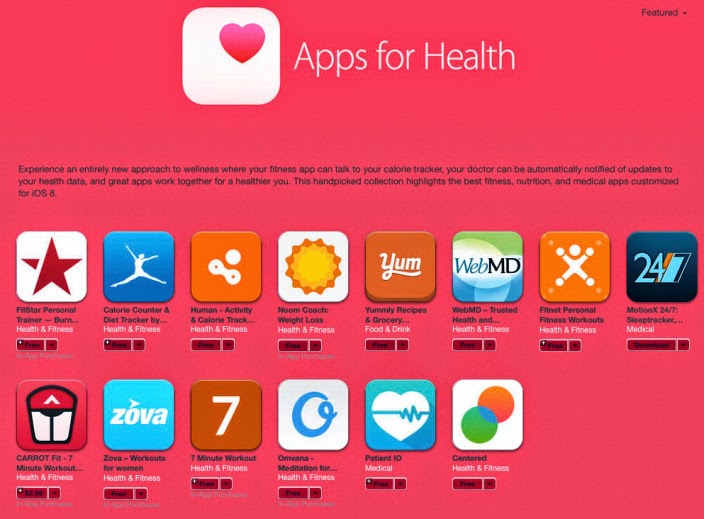10 Common Test Mistakes
Fuse/Getty Images
1. Leaving an answer blank.
There is nothing wrong with skipping over a tough question to give yourself some extra time to think it over--just as long as you remember to go back to the question later. The danger is forgetting to go back to every question you’ve skipped. A blank answer is always a wrong answer!
Solution: Each time you skip a question, put a check mark beside it.
2. Answering a question twice.
You’d be surprised how many times students choose two answers in multiple choice. This makes both answers wrong!
Solution: Review your work and make sure each true/false and multiple choice question only has one answer circled!3. Transferring answers incorrectly from scratch paper.
The most frustrating mistake for math students is having an answer correct on the scratch paper, but transferring it wrong to the test!
Solution: Double check any work you transfer from a scratch sheet.
4. Circling the wrong multiple choice answer.
This is a costly mistake, but one that is very easy to make. You look over all the multiple choice answers and pick the one that is correct, but you circle the letter next to the correct answer—the one that doesn’t match your answer!
Solution: Make sure the letter/answer you indicate is the one you really mean to select.
5. Studying the wrong chapter.
Whenever you have a test coming up, make sure that you understand which chapters or lectures the test will cover. There are times when a teacher will test you on a specific chapter that is never discussed in class. On the other hand, the teacher’s lectures may cover three chapters, and the test may cover only one of those chapters. When that happens, you can end up studying material that won’t appear on your exam.
Solution: Always ask the teacher what chapters and lectures will be covered on a test.
6. Ignoring the clock.
One of the most common errors students commit when taking an essay test is failing to manage time. This is how you end up in a panic with 5 minutes to go and 5 unanswered questions staring back at you.
Solution: Always take the first few moments of an exam to assess the situation when it comes to essay questions and answers. Give yourself a time schedule and stick to it. Give yourself a set amount of time to outline and answer each essay question and stick to your plan!
7. Not following directions.
If the teacher says “compare” and you “define,” you are going to lose points on your answer. There are certain directional words that you should understand and follow when you take a test.
Solution: Know the following directional words:
- Define: Provide a definition.
- Explain: Provide an answer that gives a complete overview or clear description of the problem and solution for a particular question.
- Analyze: Take apart a concept or a process, and explain it step by step.
- Contrast: Show differences.
- Compare: Show likenesses and differences.
- Diagram: Explain and draw a chart or other visual to illustrate your points.
- Outline: Provide an explanation with headings and subheadings.
8. Thinking too much.
It’s easy to over-think a question and begin to doubt yourself. If you tend to second-guess yourself, you will inevitably change a right answer to a wrong answer.
Solution: If you are a thinker who tends to over-think, and you get a strong hunch when you first read an answer, go with it. Limit your thinking time if you know you tend to doubt your first instincts.
9. Technological breakdown.
If your pen runs out of ink and you can’t complete an exam, your blank answers are just as wrong as they would have been for any other reason. Running out of ink or breaking your pencil lead halfway through a test sometimes means leaving half your exam blank. And that leads to an F.
Solution: Always bring extra supplies to an exam.
10. Not putting name on test.
There are times when failing to put your name on a test will result in a failing grade. This can happen when the test administrator doesn’t know the students, or when the teacher/administrator won’t see students again after the test is over (like at the end of a school year). In these special situations (or even if you have a very stern teacher) a test that doesn’t have a name attached to it will be tossed out.
Solution: Always write your name on a test before you get started!



Comments
Post a Comment